A fit Fletcher Roberts
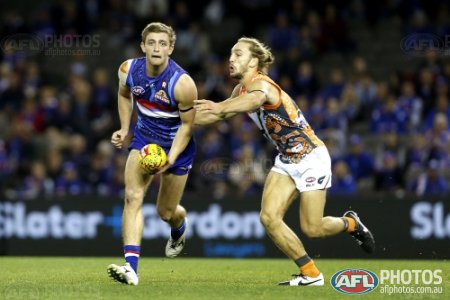
The departure of Michael Talia to Sydney further depleted the already-shaky key defensive stocks at the Kennel, with only Roberts, Joel Hamling, Dale Morris and reborn ruckman Jordan Roughead equipped to handle the big forwards.
After playing just seven games in three years, Roberts took great strides in 2015, playing twelve games and signing a two year contract extension. Originally drafted as a key forward, he became a pillar in defense, losing just 11 of 32 contests and using the ball at an efficiency of 87%, as of August.
If the Dogs are to progress, they need a strong, healthy Roberts on the park. If his shoulder continues to trouble him, hulking key forwards will continue to trouble his team.
A career year from Jordan Roughead
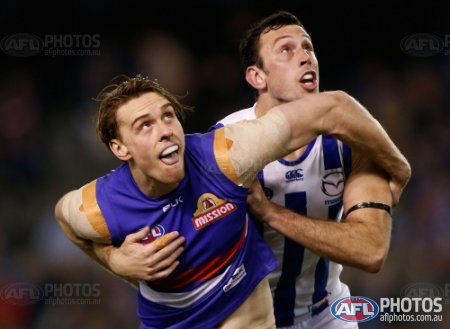
Originally drafted and blooded as a ruckman, moved to the forward line, remodelled as a key defender and then thrown into the ruck once again, Jordan Roughead has come full circle in his seven years on the Bulldogs’ list.
After battling to contain the likes of Taylor Walker, Jake Carlisle and Jay Schulz over his three years in defense, Roughead was a revelation when moved into the ruck earlier this year, racking up 24 hitouts (and 11 to advantage) in a dominant display over the Giants’ Shane Mumford, who at the time was considered the best ruckman in the competition.
The Dogs fought to secure an athletic ruckman in the trade period, with brazen bids for Brisbane’s Stefan Martin and Port Adelaide’s Matthew Lobbe rejected by their respective clubs, but the answer may have been under their noses the entire time.
With Luke Beveridge preferring athleticism and demanding increased ground coverage from his big men, there is nobody more suited than Roughead to shoulder the ruck duties at the Kennel, provided his battered body holds up.
Tom Liberatore to hit the ground running
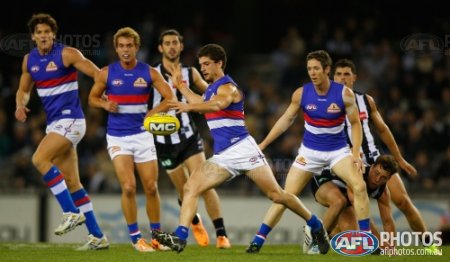
Following a summer in which the Bulldogs lost their captain, coach and several experienced players, Tom Liberatore’s ACL injury in a NAB Challenge match was seen as the final nail in the coffin for the crippled club’s season.
Instead, it saw opportunities handed to young midfielders such as Mitch Honeychurch, Josh Prudden and Caleb Daniel, as the Dogs surged to their first finals appearance in five years. Suddenly, Liberatore was an afterthought.
With preseason training underway, the sight of ‘Libba’ running around Whitten Oval again has Dogs fans excited. Coach Luke Beveridge told his charges earlier in the year that the midfield bull’s eventual return will be like getting “a No. 1 recruit.”
When he does return, Liberatore will add to a formidable centre bounce rotation that already features Marcus Bontempelli, Jack Macrae, Mitch Wallis and Luke Dahlhaus, among others. If the Bulldogs are to maintain the contested ball dominance they established under Brendan McCartney, he could be the most important of the lot.
Continued improvement from the 2014 draft class
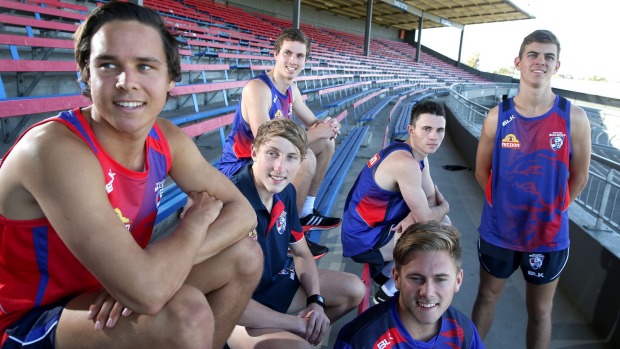
While supporters bemoaned the lack of key position players in Simon Dalrymple’s 2014 draft haul, the Bulldogs recruitment manager did address one glaring need – class, and in spades. The Dogs under Brendan McCartney had no trouble winning the ball, but had little idea what to do with it.
Enter Toby McLean, Lukas Webb, Bailey Dale and Caleb Daniel.
McLean aside, they didn’t accumulate possessions, but nor did they waste one. If the Dogs are to capitalise on the talents of Tom Boyd, Jake Stringer and Tory Dickson, they need the ball in the hands of the class of 2014, as often as possible.
Tom Boyd to find his feet
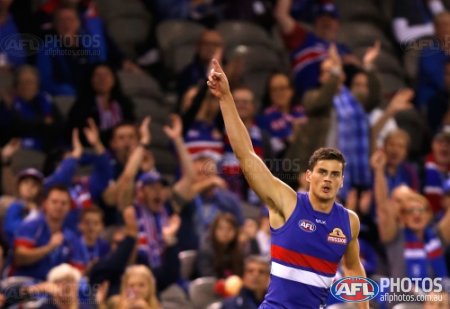
Despite criticism from the media and opposition fans, the prodigiously talented Boyd did make a positive contribution to the Dogs’ campaign in 2015. From the beginning of the season through to his final match in Round 16, the former Giant brought structure to the forward line (an area in which countless predecessors had failed) and occasionally chimed in with a strong mark and goal.
However, he’ll attack 2016 with a full preseason under his belt for the first time in his fledgling career, and Dogs supporters will be hungry for more.
While Jack Redpath filled in admirably in the latter half of 2015, a fit and firing Boyd is a mouth-watering prospect for a club that for so long lacked a menacing presence up front.